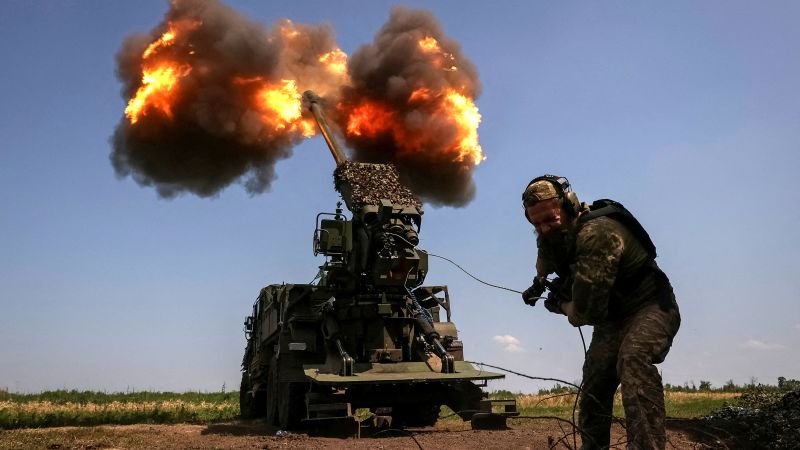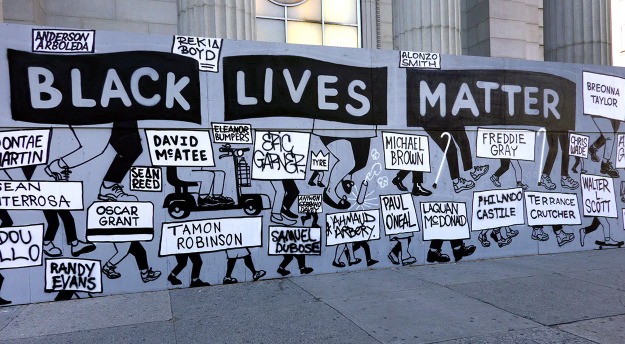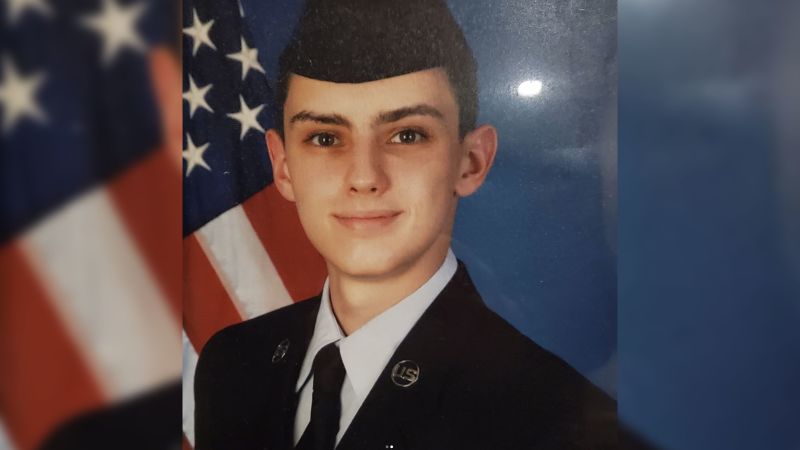Ukraine’s Counteroffensive Faces Increasing Challenges, Western Officials Say
Weeks into Ukraine’s highly anticipated counteroffensive, Western officials are providing sobering assessments of Ukrainian forces’ ability to retake significant territory. Despite ongoing efforts, the chances of making substantial progress in changing the balance of the conflict are highly unlikely, according to senior US and Western officials briefed on the latest intelligence.
Difficulties Breaking Through Defensive Lines
The primary challenge for Ukrainian forces lies in breaking through Russia’s multi-layered defensive lines in the eastern and southern parts of the country. These areas are filled with tens of thousands of mines and vast networks of trenches, resulting in staggering losses for Ukrainian forces. As a result, some units have been held back to regroup and reduce casualties.
Limited Window for Progress
With the approach of fall, Ukrainian forces have a limited window to push forward before weather and fighting conditions worsen. This time constraint adds pressure to their efforts to regain territory.
Transforming Ukrainian Forces
The slow progress on the ground has exposed the difficulty of transforming Ukrainian forces into combined mechanized fighting units. Despite receiving training on western-supplied tanks and new weapons systems, Ukrainian forces have struggled to make significant advances.
Optimism Turns to Realism
The initial optimism surrounding the counteroffensive has given way to a more realistic assessment of the situation. Western officials now acknowledge that the expectations were unrealistic and are contributing to pressure on Ukraine to begin peace negotiations, including considering territorial concessions.
Blame Game and Divisions
The widening gap between expectations and results may spark a “blame game” among Ukrainian officials and their western supporters. This could potentially create divisions within the alliance that has remained largely intact throughout the war.
Challenges in Munitions and Training
Ukrainian President Volodymyr Zelensky has pointed to the slow arrival of more advanced weapons systems from the West as a reason for the slow progress of Ukrainian forces. The lack of sufficient munitions and properly trained brigades has hindered their ability to make significant advances.
Despite the challenges, there is still hope for renewed progress, and Ukrainian forces continue to create conditions for advancing. However, the road ahead remains difficult, and the outcome of the counteroffensive is uncertain.
Western Allies Receive ‘Sobering’ Updates on Ukraine’s Counteroffensive: Unveiling the Most Challenging Phase of the War
In a series of recent briefings, Western allies have been provided with sobering updates on Ukraine’s counteroffensive against Russian-backed separatists. These updates have shed light on what is being described as the most challenging phase of the war, as Ukraine seeks to regain control over its eastern territories.
The conflict in Ukraine has been ongoing since 2014 when Russia annexed Crimea and supported separatist movements in the eastern regions of Donetsk and Luhansk. Despite numerous attempts at ceasefires and peace agreements, the situation has remained volatile, with periodic escalations in violence.
However, recent developments have indicated a significant shift in the dynamics of the conflict. Ukraine’s counteroffensive, launched earlier this year, has seen the Ukrainian Armed Forces make substantial gains in regaining control over key strategic locations. This has been made possible by a combination of improved military capabilities, increased support from Western allies, and a renewed determination within the Ukrainian government.
The updates provided to Western allies have highlighted the intensity of the fighting and the challenges faced by Ukrainian forces. The separatists, backed by Russian military support, have proven to be a formidable adversary. They have employed sophisticated tactics, including the use of drones, artillery, and heavy weaponry, making it difficult for Ukrainian forces to advance.
Furthermore, the presence of Russian troops along the border has raised concerns about a potential escalation of the conflict. Western allies have expressed their unease over Russia’s continued support for the separatists and its refusal to engage in meaningful dialogue to resolve the crisis. The updates have emphasized the need for a united front among Western allies to deter further Russian aggression and support Ukraine’s efforts to restore its territorial integrity.
The most challenging phase of the war has also revealed the humanitarian crisis unfolding in the region. The updates have highlighted the plight of civilians caught in the crossfire, with reports of widespread displacement, infrastructure damage, and a lack of access to basic necessities. Western allies have expressed their commitment to providing humanitarian aid to those affected and have called on Russia to allow unimpeded access for aid organizations.
The updates have underscored the importance of a diplomatic solution to the conflict. Western allies have reiterated their support for Ukraine’s sovereignty and territorial integrity, calling for a peaceful resolution through negotiations. They have emphasized the need for Russia to respect international law and cease its support for the separatists.
As the conflict in Ukraine enters its most challenging phase, Western allies are closely monitoring the situation and assessing their options. The updates provided have served as a wake-up call, highlighting the gravity of the situation and the need for a concerted international effort to bring about a lasting peace.
In conclusion, the recent updates on Ukraine’s counteroffensive against Russian-backed separatists have revealed the most challenging phase of the war. Western allies have been provided with sobering information about the intensity of the fighting, the humanitarian crisis, and the need for a diplomatic solution. As the conflict continues to unfold, it is imperative for Western allies to stand united in support of Ukraine’s efforts to restore peace and stability in the region.









